I am forever marked by the raw beauty of Nepal. It’s a beauty that captures the imagination and casts it off into the wild, mountainous terrain of this small gem of a country. Among these mountains, you can find the intersection between calm and exertion; between the beauty of wide open spaces and the technical details of a hard mountain trek.
Trekking in Nepal is relatively easy to plan and execute. There are dozens of options depending on your fitness level, your budget, your schedule and the kind of experience you want to have. We’ve created a general guide to help you choose the trek that suits you best.
When to Trek
There are two trekking seasons in Nepal: March to May or October to November. While there are certain treks you can do in the off season, it is usually recommended to go during these times, as you may risk getting snowed in or face heavy rains and mudslides otherwise.
Where to Sleep
One of the things that makes trekking in Nepal so appealing is the abundant accommodations throughout many of the trails. On most treks, you will encounter Himalayan villages with ‘teahouses’ where you can sleep and eat. This means that you do not need to bring camping gear or food with you on your trek. However, it’s important to note that this is not true of all treks in Nepal (refer to the list below to see which require camping gear and food).
Pro tip: If you do end up staying in teahouses, most proprietors won’t charge you for the room if you agree to eat all your meals (usually dinner when you arrive and breakfast the next morning) there during your stay. It’s a great option, as you can usually feast on everything from yak burgers to a large slice of homemade apple pie with custard!
Altitude Sickness
Altitude sickness can be a pain in the neck when trekking. Symptoms can start at 2,400 meters and usually include a headache, dizziness, upset stomach, loss of appetite, lethargy, and in extreme cases, irrational behavior. Altitude sickness is a serious medical condition, so if you start to feel any of these symptoms, don’t go any higher. Stay a night or two to acclimate and if symptoms do not improve, head back down the mountain.
You might consider purchasing altitude pills before your trip at a Chinese pharmacy (some medications require you to start taking them 1-2 days before reaching high altitude). Alternatively, most trekking stores in Nepal carry them as well.
Permits and Pricing
All treks in Nepal require permits. You can apply for trekking permits at Nepal Tourism Board offices in Kathmandu or Pokhara for USD20 per person.
Trekker’s Information Management System (TIMS)
Annapurna Conservation Area Project (ACAP)
Manaslu Conservation Area Project (MCAP)
Kanchenjunga Conservation Area (KCA)
Some treks also require a Restricted Area Permit (RAP) that varies in cost depending on which trek you do.
Moderate Treks
Rara Lake
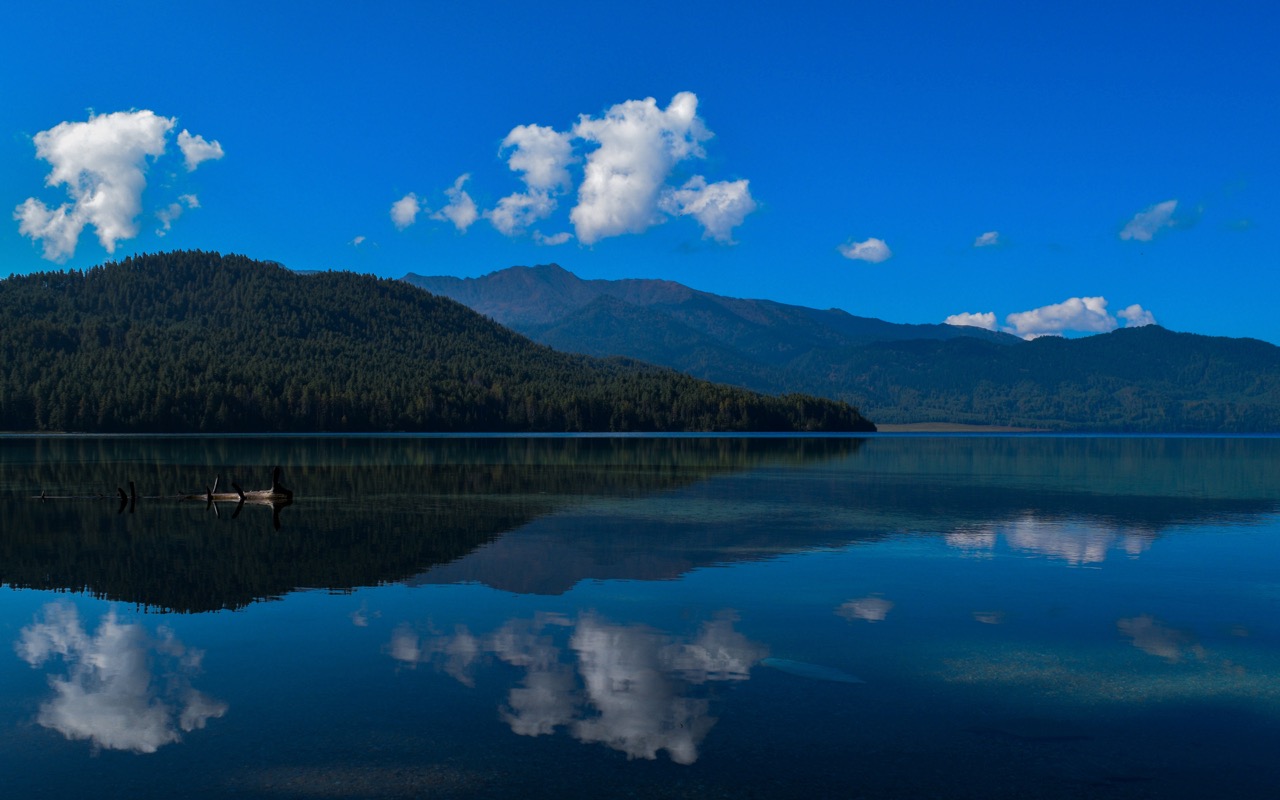
Length: 8-14 days
Highest point: 3,480 meters
Permits needed: TIMS
Accommodation: Teahouses
Cost: Cheap
If you’re looking for a very remote trek but have limited time, the Rara Lake trek is a perfect option that will only take 8 to 14 days to complete. The secluded trek will bring you to the highest lake in Nepal, Rara Lake, which the Nepalese have dubbed the ‘Queen of Lakes.’ You will also traverse through Rara National Park, where you will find a variety of deer and even spot leopards if you get lucky! Keep in mind that you will have to pay a USD15 entry fee for the national park.
To start the trek, take a flight from Kathmandu to Nepalgunj and from there fly to Jumla at 2,540 meters. You’ll hike up to 3,480 meters and then back to Jumla where you’ll take flights back to Kathmandu.
Annapurna Base Camp
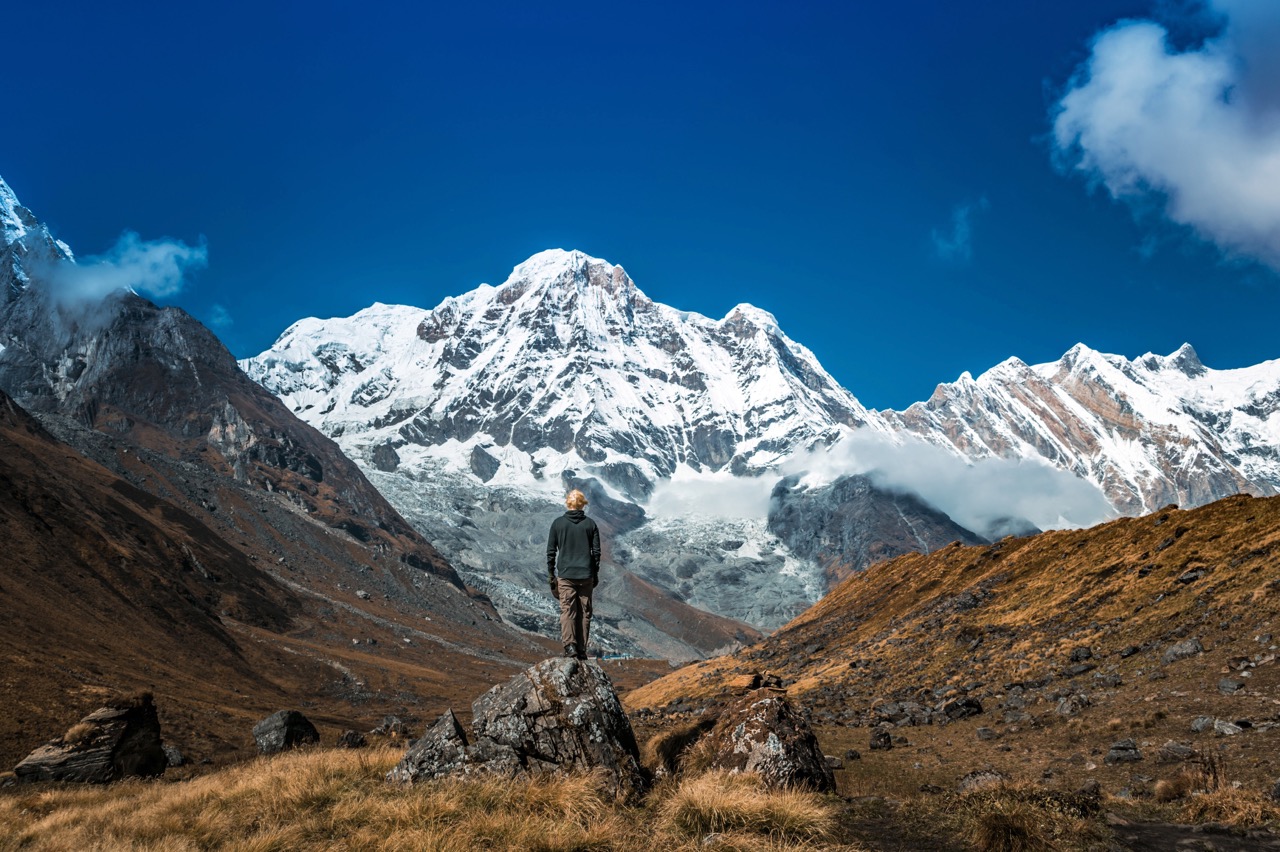
Length: 7-11 days
Highest point: Annapurna Base Camp at 4,320 meters
Permits needed: ACAP, TIMS
Accommodation: Teahouses
Cost: Cheap
If you have limited time but still have an urge to do a strenuous trek with stunning views, Annapurna Base Camp trek offers just what you need. This trek takes you to the Annapurna Base Camp where you can bask in incredible views of the Annapurna mountain range.
From Pokhara, take a jeep or a bus to Ghandruk at 1,940 meters and then make your way to Annapurna Base camp at 4,130 meters. Continue on to Naya Pul where you can take a jeep or a bus back to Pokhara.
Ghorepani Poonhill
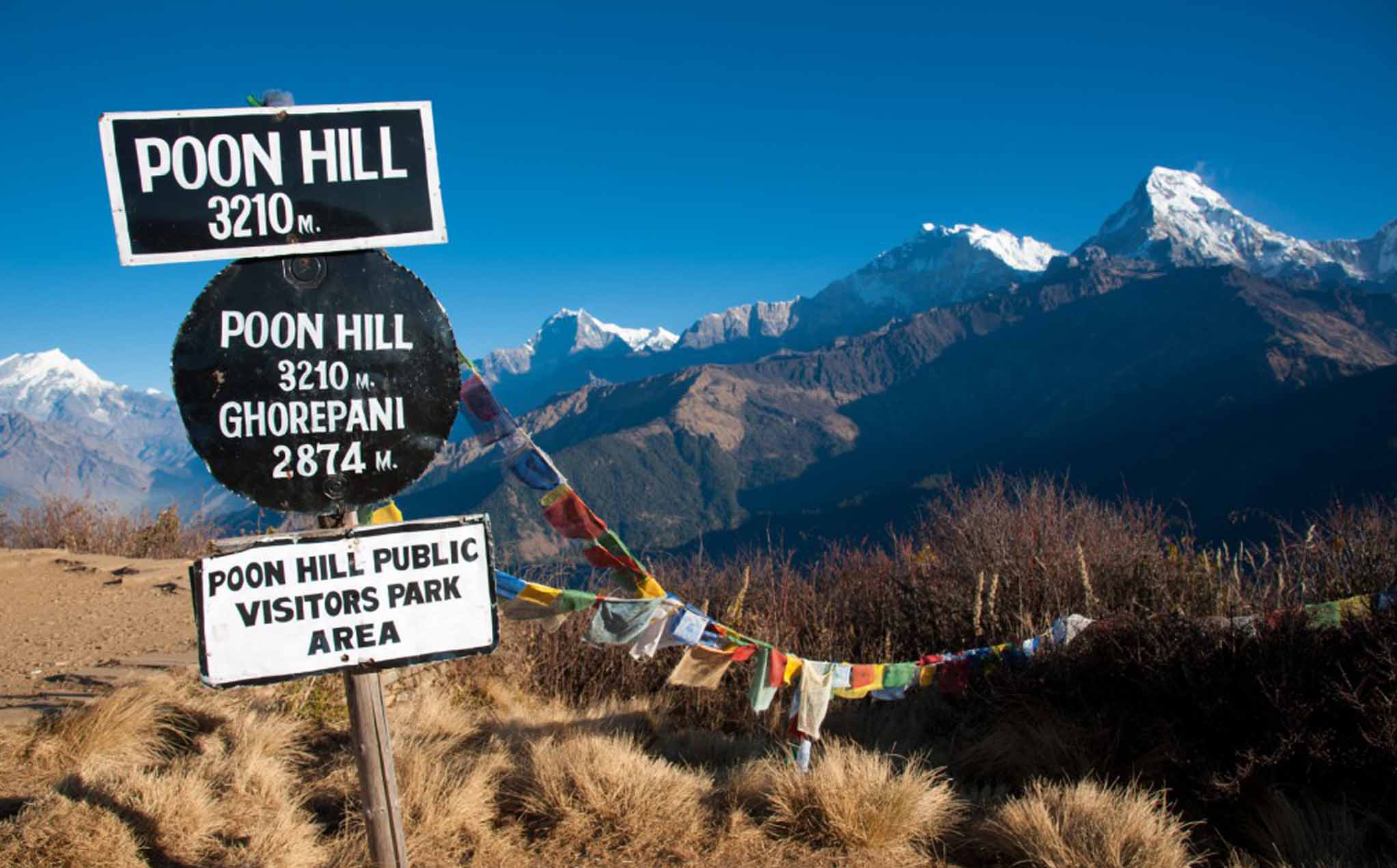
Length: 5-7 days
Highest point: Poonhill at 3,210 meters
Permits needed: ACAP, TIMS
Accommodation: Teahouses
Cost: Cheap
Ghorepani Poonhill is an excellent introduction into trekking, as it is relatively easy while still offering incredible views of the Annapurna mountain range. If you go during the spring, you’ll also witness breathtaking rhododendron forests that cover the sweeping mountainsides.
Starting from Pokhara, you can take a bus or taxi to Nayapul at 1011 meters to begin your trek. You’ll trek for 5 to 7 days and reach the highest point at 3,210 meters where you’ll begin your descent down to Deurali to catch another bus or taxi into Pokhara.
Medium Difficulty Treks
Langtang Valley
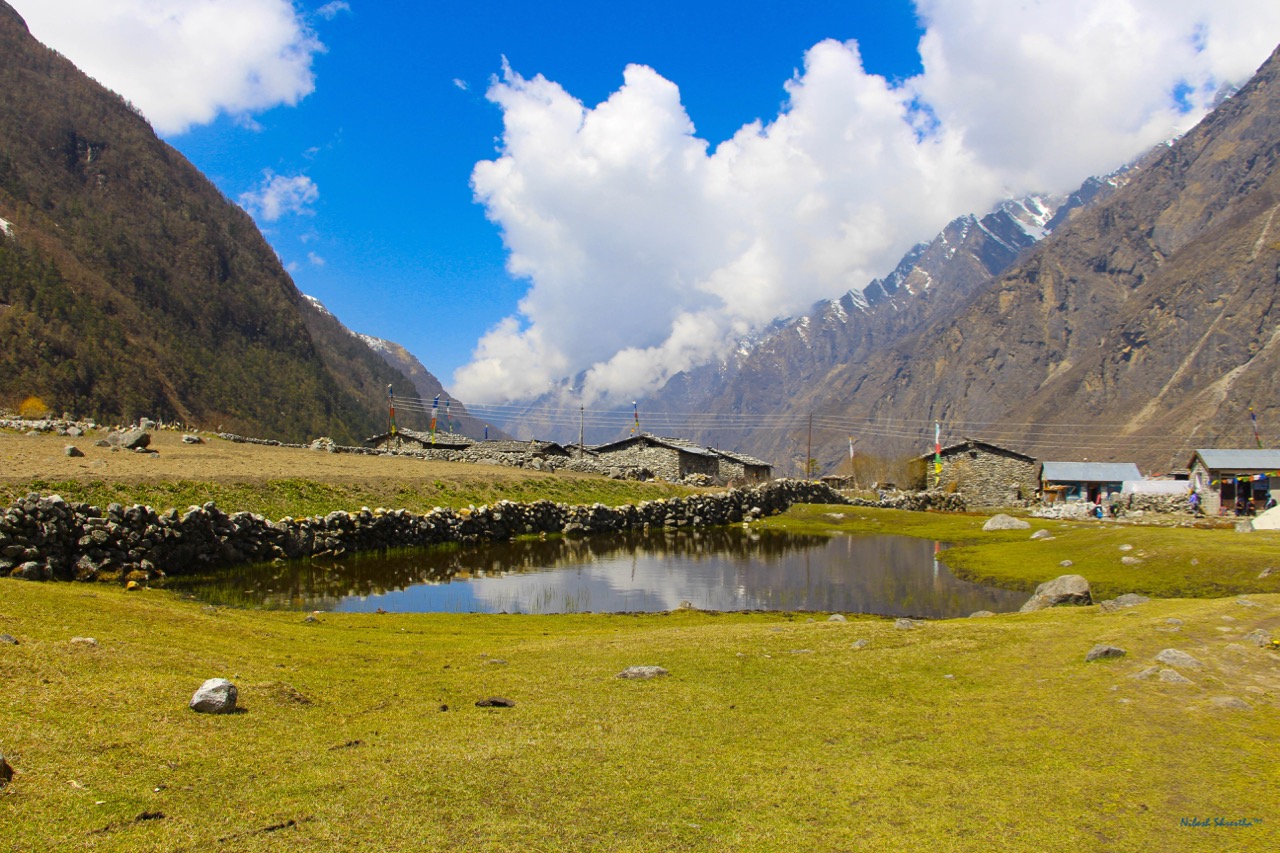
Length: 7-21 days
Highest point: Tserko Peak at 4,984 meters
Permit needed: TIMS
Accommodation: Teahouses
Cost: Cheap
This trek brings you closer to the incredible Tibetan region than any of those previously mentioned. Because of the proximity, there are countless opportunities to visit Tibetan monasteries scattered throughout the trail. This trek is a good option whether you have limited time or time to spare, as it can take between 7 to 21 days to complete.
From Kathmandu, take a jeep or bus to Syabrubesi at 1,550 meters. Trek up to the highest point on Tserko Peak at 4,984 meters, then head back to Syabrubesi to catch a ride back to Kathmandu.
Annapurna Circuit

Length: 7-21 days
Highest point: Thorong La Pass at 5,416 meters
Permit needed: TIMS, ACAP
Accommodation: Teahouses
Cost: Cheap
Like the Langtang Valley trek, the Annapurna Circuit is also very flexible time-wise. It features stunning views of white-capped mountains, rivers and waterfalls and a constant change of landscape as you rise in elevation. There are also a few side treks along the way such as the incredible Lake Tilicho at 5,000 meters, which is well worth it if you have time.
To get there, take a jeep or bus from Kathmandu to Khudi at 800 meters. You’ll then make your way up to Thorong La Pass at 5,416 meters before descending to Tadapani at 2,700 meters where you can take a jeep or bus to Pokhara.
Everest Base Camp
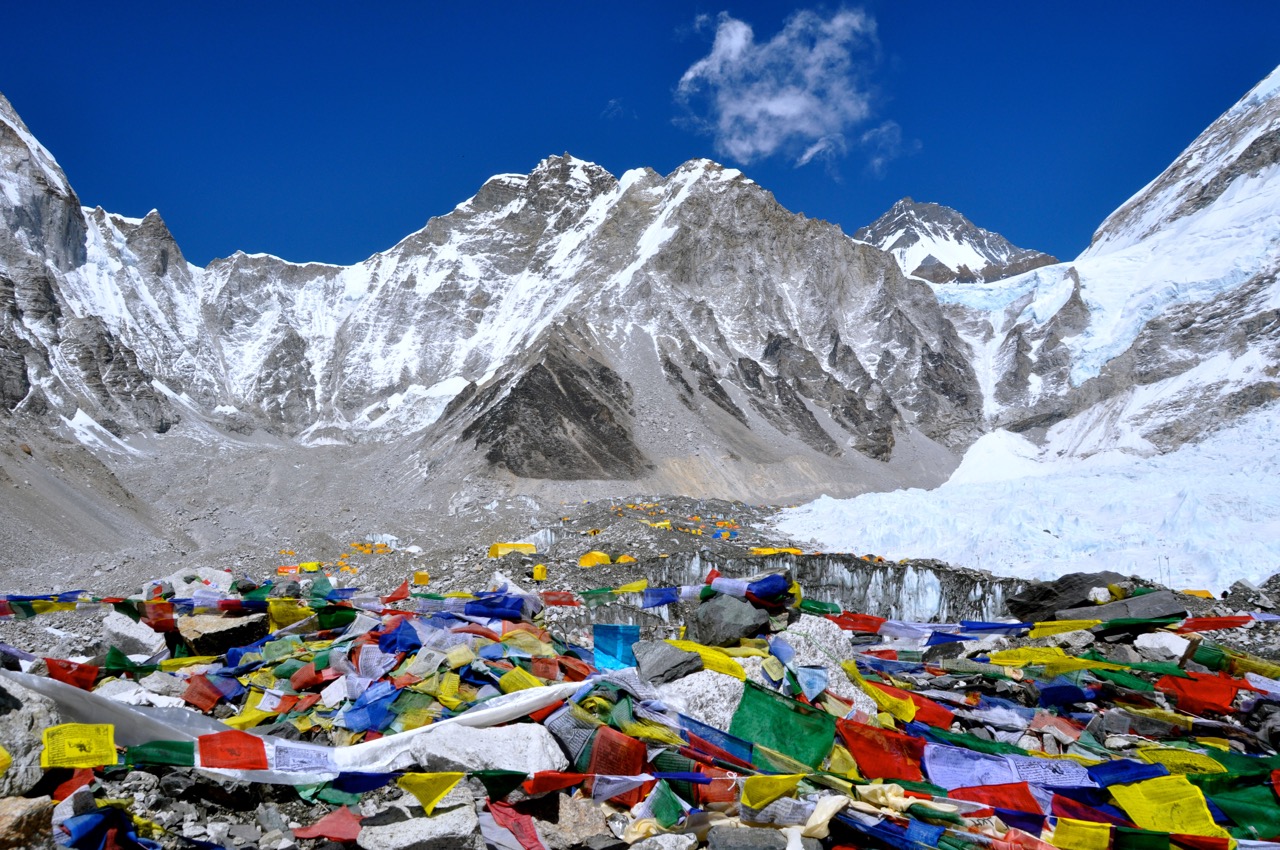
Length: 12–15 days
Highest point: Kala Patthar at 5,600 meters
Permits needed: TIMS
Accommodation: Teahouses
Cost: Medium
Everest Base Camp is one of the most popular medium-level treks in Nepal because of its proximity to the majestic Mount Everest. If you want to become acquainted with Mount Everest, but do not have the experience or the budget to do the full journey, Everest Base Camp trek is a spectacular option to get you face-to-face with this incredible natural beauty. This trek also features the highest summit in this list at 5,600 meters.
Start at Lukla at 2,651 meters and start heading up to Kala Patthar at 5,600 meters. Make a loop back around to Lukla where you can catch a flight back to Kathmandu.
High Difficulty Treks
Manaslu Circuit
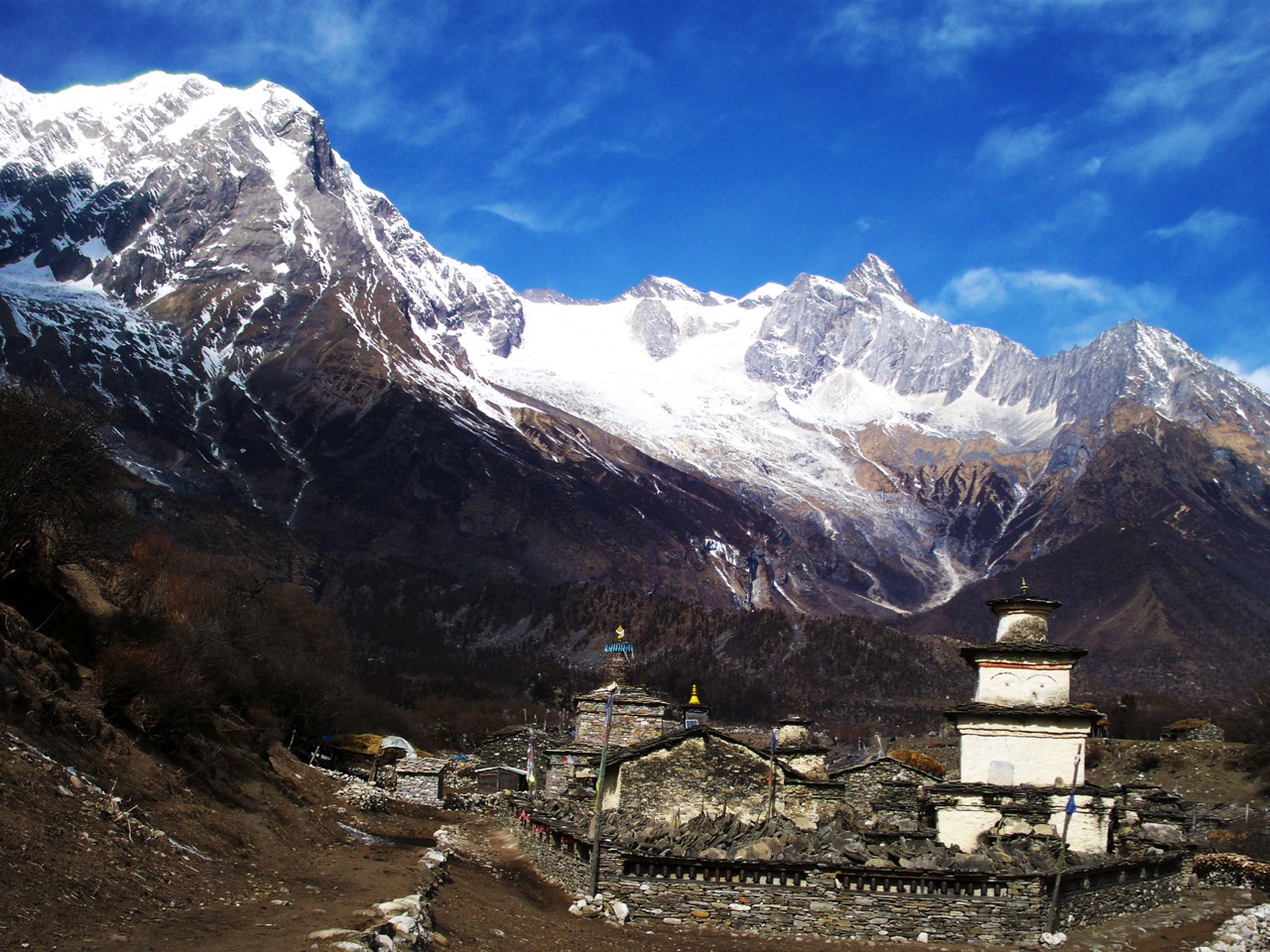
Length: 11-22 days
Highest point: Larke Pass at 5,135 meters
Permits needed: ACAP, MCAP, RAP
Accomodation: Guesthouses and lodges
Cost: Medium
If diversity is what you’re looking for, you’ll find it on the Manaslu Circuit. With an elevation range of 600 meters to 5,135 meters, you’ll pass through forested regions in lower altitudes and arid landscapes at higher elevations. The massive range of elevation and scenery is the reason why this trek is dubbed high difficulty, but anyone who’s done it will tell you the climb is worth it.
For the Manaslu Circuit, you’ll need to get a RAP permit which will cost you USD70 per person for the first seven days, between September to November. Between December and August, it’ll run you USD50 per person for the first seven days. For both seasons, it’ll cost an extra USD10 per day per person after the initial seven days, for a total cost of USD90-220, depending on the time and season.
To trek the Manaslu Circuit, you’ll need to be accompanied by at least one other person as well as a Nepali guide or porter.
Upper Mustang
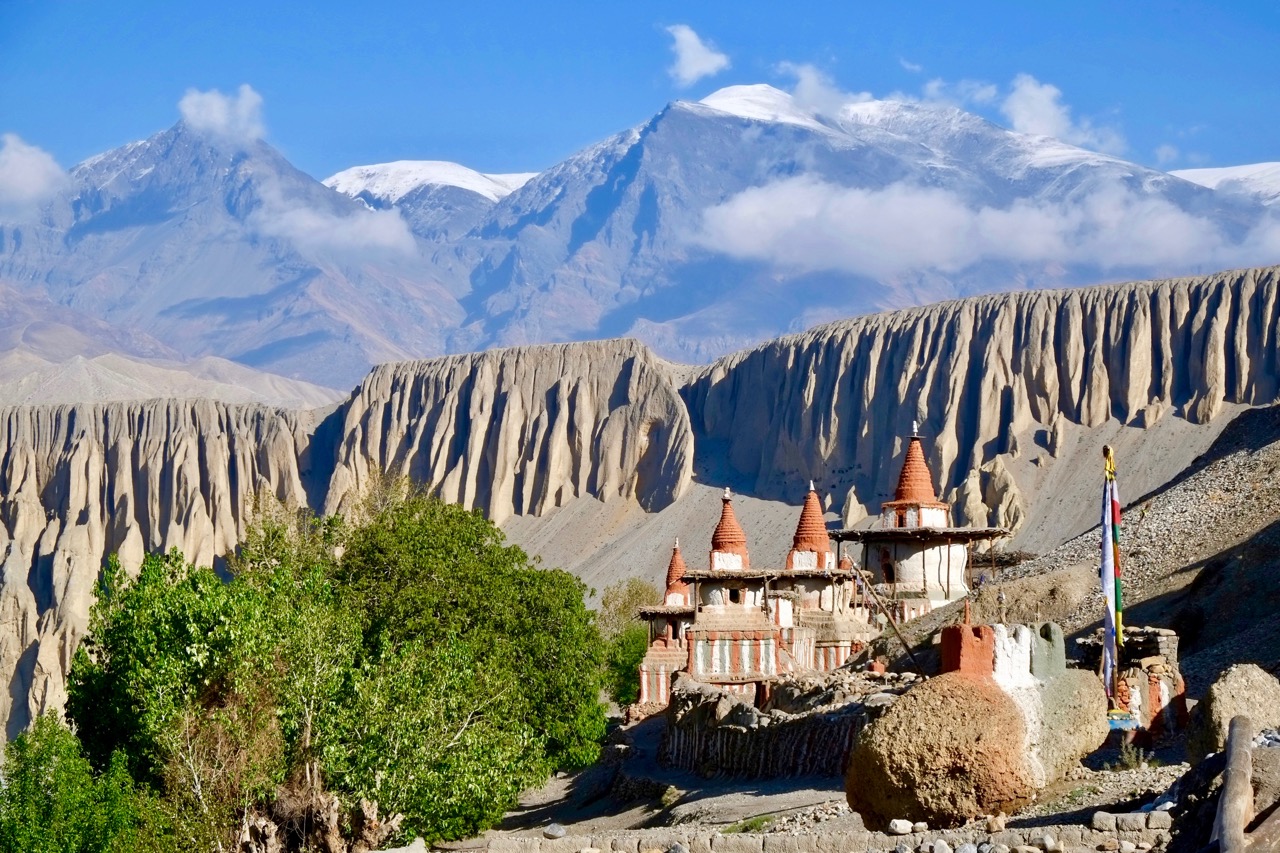
Length: 14-20 days
Highest point: Dhakmar at 3,810 meters
Permits needed: ACAP, RAP
Accommodation: Teahouses
Cost: High
Besides the stunning beauty of this trek, the most amazing thing about Upper Mustang is visiting the ancient capital of the Tibetan Kingdom, Lo Manthang.
Because of its remoteness and difficulty level, you’ll need to acquire a RAP as well as be accompanied by at least one other trekker and a Nepali guide or porter. The RAP can be quite pricey at USD500 for 10 days. However, the trek normally takes between 14 and 20 days and costs USD50 per extra day in this region, for a total RAP cost of USD700-1,000.
It’s best to fly from Pokhara to Jomson at 2,713 meters where you will begin, before going up to the highest point at 3,810 meters at Dhakmar and then back to Jomsom to return to Pokhara.
Kanchanjunga
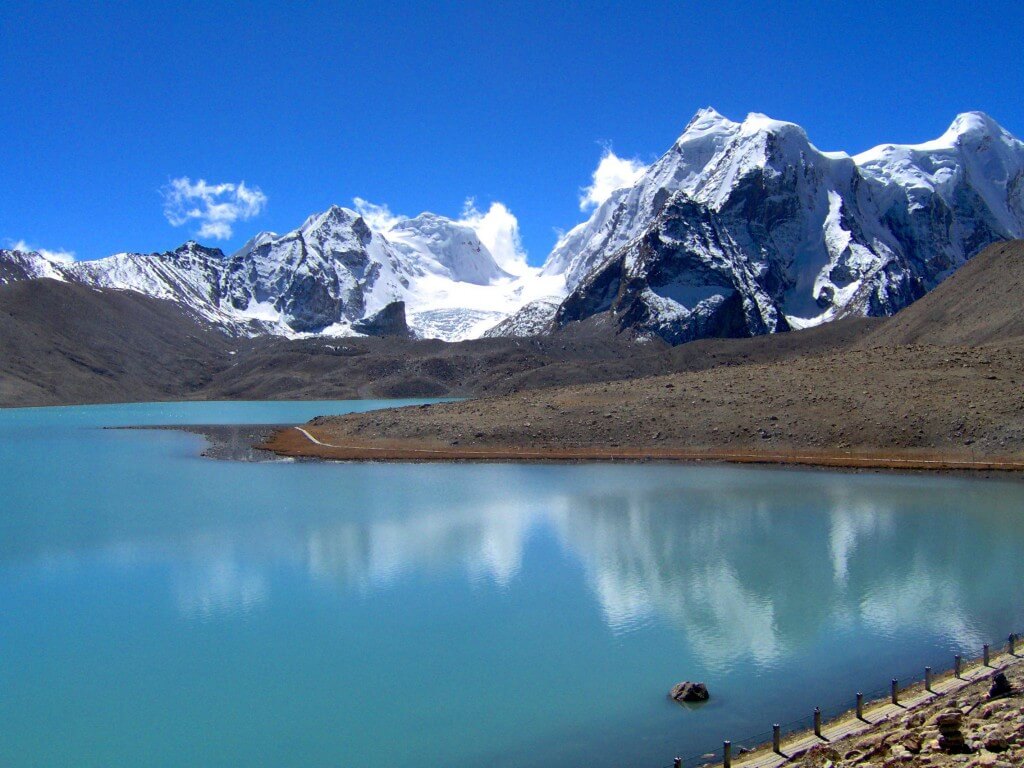
Length: 20-25 days
Highest point: Lapsang La Pass at 5,160 meters
Permits needed: KCA, RAP
Accomodation: Camping
Cost: High
Kanchanjunga means “five treasures of the great snow” which refers to the five snow-capped peaks of Kanchanjunga that you’ll be able to view along the trek. If you do the Kanchanjunga Trek, you’ll be traversing through one of the most rural and secluded regions of Nepal. Along the way, you’ll have the opportunity to see surreal views of the world’s third- and fifth-tallest mountains, Mount Kanchenjunga and Mount Makalu.
Because of the remoteness of the region, there are very few to no accommodations throughout the trail. You’ll need to bring along camping gear and food to keep yourself fed and sheltered during the 20 to 25 days you’ll be trekking.
This trek also requires at least a pair of trekkers, a hired Nepali guide or porter to lead the way and a RAP permit at USD10 per week for the first four weeks and USD20 per person per week after the initial four. The trek usually takes about three to four weeks, so the RAP will most likely cost you between USD30-40. The cost is listed as high due to flights and gear needed.
Take a flight from Kathmandu to Suketar at 2,420 meters where you’ll begin trekking. Throughout the course of the trek, you’ll make your way up to Lapsang La Pass at 5,160 meters. The trail will take you around back to Suketar where you can catch another flight back to Kathmandu.
If you’ve been daydreaming about wide open spaces or found yourself nostalgically trying on old hiking boots lately, then a visit to Nepal might be just the thing to satisfy your craving for mountainous terrain and release your inner trekker.
[Images via pixabay.com, kknews.cc, bpexpedition.com, insight-nepal.com, Wikimedia Commons, medium.com, trekkingnepalhimalayafiles.wordpress.com, luxuryholidaytreks, kurir.eu]






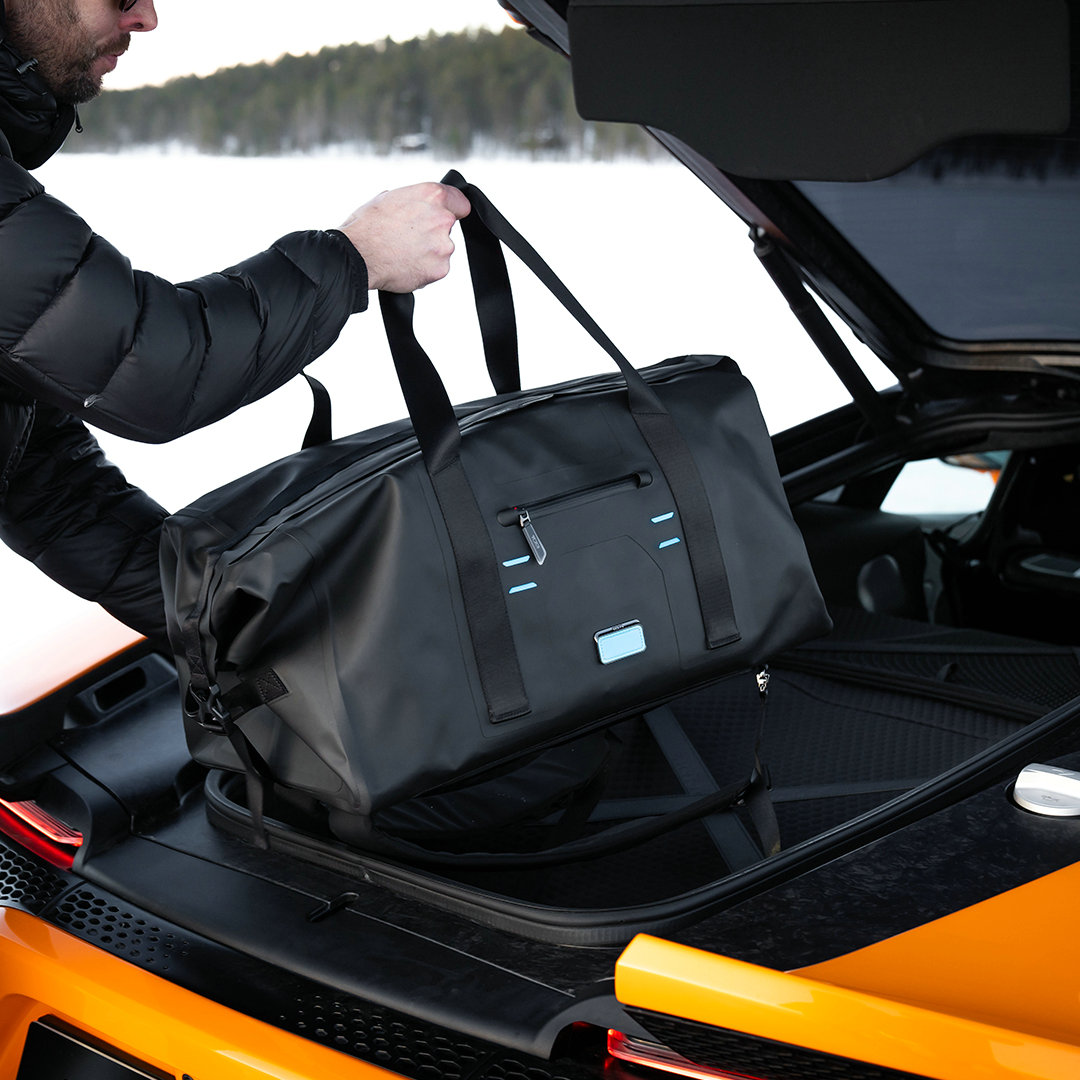















0 User Comments